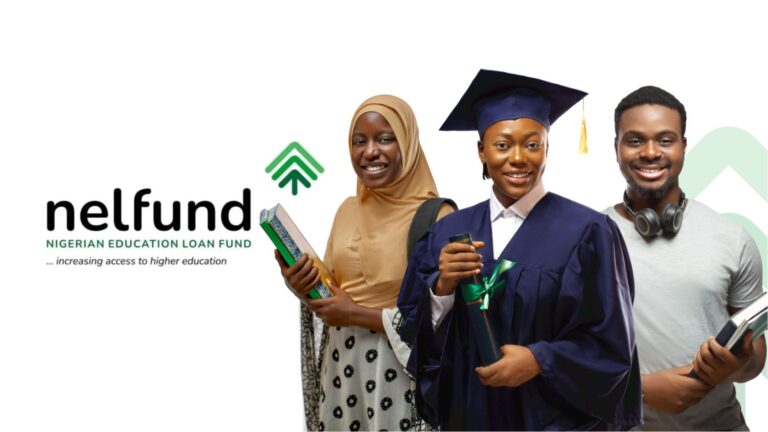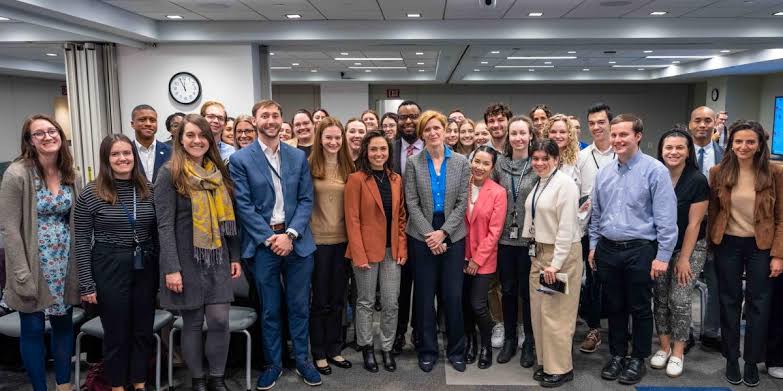Canada offers a variety of pathways for foreign workers to obtain permanent residency through employment. These pathways are designed to attract skilled professionals who can contribute to the Canadian economy. This comprehensive guide explores the different programs and steps involved in achieving permanent residency in Canada through employment.
Understanding Canadian Permanent Residency
Permanent residency in Canada grants individuals the right to live, work, and study anywhere in the country, with many of the same rights and privileges as Canadian citizens. Permanent residents can eventually apply for Canadian citizenship.
Express Entry System
The Express Entry system is a popular and efficient way for skilled workers to gain permanent residency in Canada. It manages applications for three federal economic immigration programs:
Federal Skilled Worker Program (FSWP)
The FSWP is designed for skilled workers with foreign work experience who meet specific criteria. Applicants are assessed based on factors such as age, education, work experience, and language proficiency.
- Eligibility Requirements: At least one year of continuous full-time work experience in a skilled occupation, a valid job offer (if applicable), and meeting the minimum language requirements.
- Application Process: Create an Express Entry profile, receive an invitation to apply (ITA) based on your Comprehensive Ranking System (CRS) score, and submit a complete application for permanent residency.
For more details, visit the Federal Skilled Worker Program page.
Federal Skilled Trades Program (FSTP)
The FSTP is for skilled trades workers with qualifications and work experience in a skilled trade.
- Eligibility Requirements: Two years of work experience in a skilled trade, a valid job offer or a certificate of qualification in your trade issued by a Canadian provincial, territorial, or federal authority, and meeting the language requirements.
- Application Process: Similar to the FSWP, create an Express Entry profile, receive an ITA, and submit an application for permanent residency.
For more information, refer to the Federal Skilled Trades Program page.
Canadian Experience Class (CEC)
The CEC is for individuals with skilled work experience in Canada, often suitable for temporary foreign workers and international graduates.
- Eligibility Requirements: At least one year of skilled work experience in Canada within the last three years, and meeting language requirements.
- Application Process: Create an Express Entry profile, receive an ITA, and submit an application for permanent residency.
For more details, visit the Canadian Experience Class page.
Provincial Nominee Programs (PNPs)
Provincial Nominee Programs allow provinces and territories to nominate individuals for permanent residency based on local labor market needs. Each province has its own specific streams and criteria.
Ontario Immigrant Nominee Program (OINP)
The OINP targets workers in high-demand occupations, entrepreneurs, and graduates.
- Streams: Human Capital Priorities Stream, Employer Job Offer Stream, and International Student Stream.
- Application Process: Apply directly to the OINP, receive a nomination, and then apply for permanent residency through the federal government.
For more information, visit the Ontario Immigrant Nominee Program page.
British Columbia Provincial Nominee Program (BC PNP)
The BC PNP focuses on attracting skilled workers, healthcare professionals, and international graduates.
- Streams: Skills Immigration, Express Entry BC, and Entrepreneur Immigration.
- Application Process: Register and apply through BC PNP Online, receive a nomination, and then apply for permanent residency.
For more details, visit the BC PNP page.
Alberta Immigrant Nominee Program (AINP)
The AINP nominates individuals with skills to fill labor shortages or who are planning to buy or start a business in Alberta.
- Streams: Alberta Opportunity Stream, Alberta Express Entry Stream, and Self-Employed Farmer Stream.
- Application Process: Apply to the AINP, receive a nomination, and then apply for permanent residency.
For more information, visit the AINP page.
Atlantic Immigration Program (AIP)
The Atlantic Immigration Program is designed to attract skilled workers to the Atlantic provinces (Newfoundland and Labrador, Prince Edward Island, Nova Scotia, and New Brunswick).
- Eligibility Requirements: A valid job offer from a designated employer in an Atlantic province, meeting language, education, and work experience requirements.
- Application Process: Apply for a provincial endorsement, then submit a permanent residency application to the federal government.
For more details, visit the Atlantic Immigration Program page.
Rural and Northern Immigration Pilot (RNIP)
The RNIP is a community-driven program designed to spread the benefits of economic immigration to smaller communities.
- Eligibility Requirements: A job offer from an employer in one of the participating communities, meeting language, education, and work experience requirements.
- Application Process: Obtain a community recommendation, then apply for permanent residency through the federal government.
For more information, visit the RNIP page.
Global Talent Stream
The Global Talent Stream is part of the Temporary Foreign Worker Program and is designed to help Canadian employers attract highly skilled global talent.
- Eligibility Requirements: A valid job offer in a high-demand occupation or from an innovative Canadian company.
- Application Process: Apply for a work permit through the Global Talent Stream, and after gaining work experience in Canada, apply for permanent residency through other pathways like Express Entry or PNPs.
For more details, visit the Global Talent Stream page.
Tips for Success
Improve Your CRS Score
To enhance your chances of receiving an ITA through Express Entry, focus on improving your Comprehensive Ranking System (CRS) score:
- Language Proficiency: Improve your scores in language tests like IELTS or CELPIP.
- Education: Obtain higher education degrees or diplomas.
- Work Experience: Gain additional work experience in your field.
- Job Offer: Secure a valid job offer from a Canadian employer.
Stay Updated
Immigration policies and programs frequently change. Stay informed by regularly checking official resources like:
- Immigration, Refugees and Citizenship Canada (IRCC)
- Provincial government immigration websites.
Seek Professional Assistance
Consider consulting with a registered immigration consultant or lawyer to navigate the complexities of the immigration process and ensure you meet all requirements.
FAQs
What is the fastest way to get permanent residency in Canada through employment?
The Express Entry system is generally the fastest pathway, especially if you receive a high CRS score or a provincial nomination.
Do I need a job offer to apply for permanent residency through Express Entry?
A job offer is not mandatory for Express Entry but can significantly boost your CRS score and improve your chances of receiving an ITA.
How long does the Express Entry process take?
The processing time for Express Entry applications is typically six months from the date of receiving an ITA.
Can I include my family in my permanent residency application?
Yes, you can include your spouse or common-law partner and dependent children in your application.
What is the difference between permanent residency and citizenship in Canada?
Permanent residency allows you to live and work in Canada indefinitely but does not grant the right to vote or hold a Canadian passport. Citizenship provides full rights, including voting and obtaining a Canadian passport.
Conclusion
Achieving permanent residency in Canada through employment is a viable and rewarding pathway for skilled workers worldwide. By understanding the various programs available, improving your eligibility, and staying informed, you can successfully navigate the process and embark on a new chapter in Canada. For more detailed information and updates, visit the official IRCC website.






